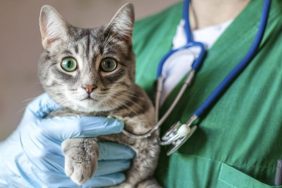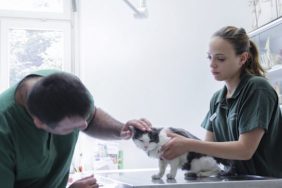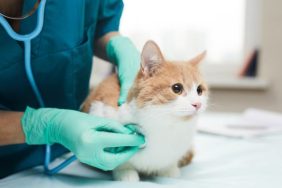Hyperparathyroidism due to kidney failure in cats happens when the body produces too much of the hormone parathyroid. The condition causes bone resorption.
Generally, the condition is caused by another underlying condition. Although low levels of calcium can also be a contributory factor.
Technically, the condition is also known as abnormally high levels of parathyroid hormone due to chronic kidney failure in cats.
If you see the signs of the condition in your cat, then get to a veterinarian for a proper diagnosis and treatment.
Here’s what you should know about the symptoms, causes, and treatments for the condition.
Symptoms of Hyperparathyroidism Due to Kidney Failure in Cats
The condition produces a range of symptoms. For example, some of the most common symptoms include:
- Drinking more water than usual
- Peeing more than usual
- Weakness
- Loss of appetite
- Bone resorption
- Loose teeth
- Vomiting
- Lower jaw becoming soft (rubber jaw)
- Constipation
Causes of Hyperparathyroidism Due to Kidney Failure in Cats

The cause of the condition is usually another underlying condition. However, in some cases, a lack of calcium can be a contributory factor to the condition.
Treatments for the Condition in Cats
Firstly, your vet will ask about your cat’s symptoms. Secondly, your vet will ask about your cat’s full medical history.
Thirdly, a full physical examination will be carried out. Your vet will pay special attention to the results of blood and urine tests. Specifically, analyzing your cat’s levels of phosphate and calcium can help to diagnose the condition. Additionally, bone X-rays can also be useful.
Generally, treatment will target the underlying cause of the condition. For example, if your cat’s blood contains too much phosphorous, chemicals and diet changes can be useful. Additionally, low levels of calcium can be addressed by taking calcitriol.
While recovering at home it is important to provide your cat with a quiet and calm environment. Also, keep up regular weekly or monthly visits with your vet. This is to monitor your cat’s levels of calcium and phosphorous.
Have you ever cared for a cat who suffered from this condition? How did your vet help your kitty recover? Let us know in the comments section below.









